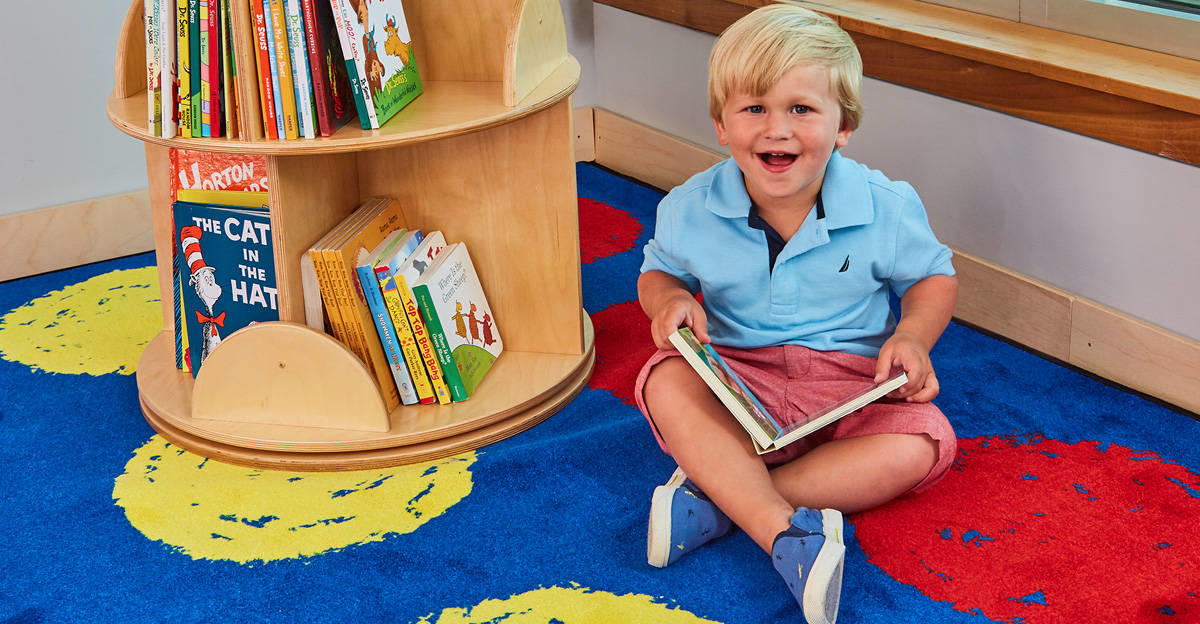Your early learning spaces create a warm and welcoming environment for children. You’ve created distinct areas to help children transition from one activity to another, and the spaces are safe and developmentally appropriate, with easily accessible and developmentally-appropriate learning materials.
With help from the IRIS Center at Vanderbilt University’s Peabody College, here are six additional suggestions for designing highly successful early learning environments.
- Take
a minimalistic approach, so that you avoid sensory overload. Children learn
best when their attention is focused on one activity at a time. Put out
materials as they are needed and put them away when they’re not in use. Give
children a choice of three things to play with, not 10.
- Carefully consider the
placement of activity centers. Those with high-energy activities (such as block
centers, dramatic play areas, music centers) shouldn’t be located right next to
centers with quieter activities (like listening or reading centers).
- Make sure the materials
in your early learning spaces reflect a variety of children’s interests and
ability levels.
- Create comfortable,
private spaces where children can safely retreat to rest, observe, and
emotionally recharge throughout the day.
- Switch new resources in
and out on a regular basis as appropriate, to promote children’s interest and
keep the materials fresh.
- Place heavier items on lower shelves, so that children don’t get hurt when they take out these materials.
Learn more about the relationship between classroom design and effective early learning.
Download our FREE guide “Building a Classroom Environment That Stimulates Early Learning” today.
Tamie Pratt-Fartro, PhD
Dr. Tamie Pratt-Fartro has served the education community for over 20 years as early childhood/elementary teacher, reading specialist, literacy coach, professional development specialist, researcher, and university professor. Tamie has conducted multiple research studies on literacy, play, kindergarten transition, reflective teaching, and leadership.
Read more posts by Dr. Tamie Pratt-Fartro–>







Leave a Reply